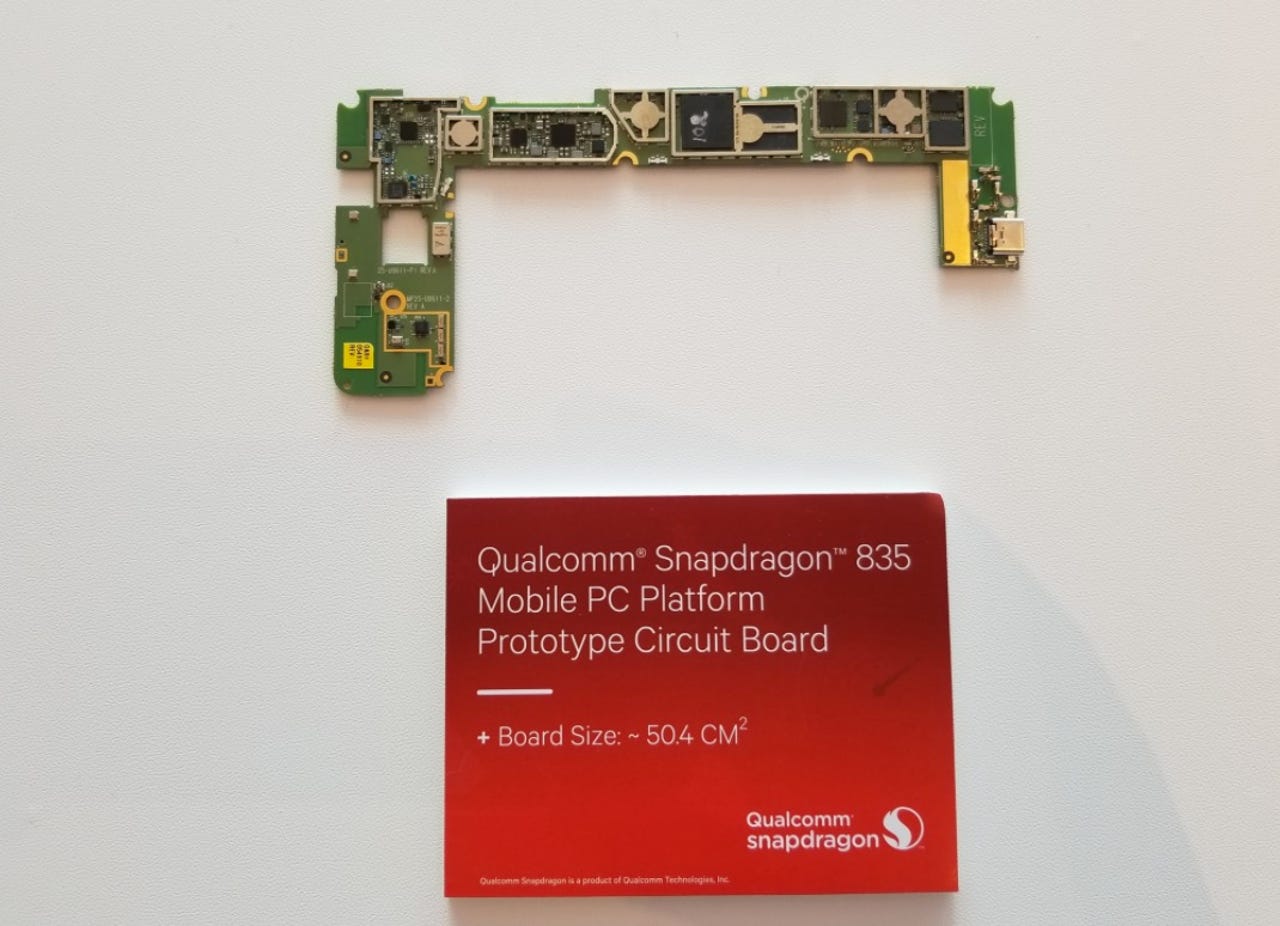Qualcomm inks deal to build mobile Windows 10 PCs with Asus, Lenovo, HP


Qualcomm has announced a new partnership with Asus, Lenovo, and Hewlett-Packard to build a new range of mobile PCs powered by the Snapdragon 835 processor family.
At the Computex trade show in Taipei, Taiwan, on Wednesday Qualcomm revealed the deal in which ASUS, HP, and Lenovo will become the first original equipment manufacturers (OEMs) to develop PCs designed for mobility powered by the processors.
One highlight of the Snapdragon 835 which may appeal to the enterprise is the inclusion of the new X16 LTE modem, designed to cope with gigabit speeds up to 10 times as fast as first-generation 4G LTE devices.
Computex 2017: Intel rediscovers the desktop | ARM has designs on more than mobile | Asus releases ZenBook trio and VivoBook pair | Asus' Google Tango ZenFone hits the US in July and it won't cost more than $850
The US chip maker says that while demand for constant connectivity and data is on the rise in the West, with investments in next-generation wireless technologies a natural response, our current laptop designs are often bulky, cumbersome, slow to operate and have overpromised battery life capabilities.
With mobile technology now such a large industry, Qualcomm says that the Snapdragon 835 mobile platform can keep average consumers and business customers connected for longer.
Featured
The Qualcomm Snapdragon 835, the protege of the Snapdragon 820, is smaller, lighter, and offers up to more bang for its buck than its predecessor.
According to the chip maker, the Snapdragon 825 offers a 30 percent increase in area efficiency with a performance boost of up to 27 percent, or 40 percent lower power consumption due to a new form factor, three billion transistors and improved IP blocks.
The lightweight processor gives OEMs the option to slot larger batteries into their devices, which in turn can give both home and business users better performance when on the road.
The processor will also allow Asus, Lenovo, and HP to produce fanless mobile PC designs with longer battery life due to the 10-nanometer process nodes created for improved thermal handling and greater power efficiency -- created through a partnership with Samsung and based on the electronic giant's FinFET process technology.
The devices will also feature 2x2 802.11ac MU-MIMO router components for 4G LTE and Wi-Fi connectivity and will run on Microsoft's Windows 10 operating system.
"The legacy computing model no longer works for today's consumers, who don't want heavy, tethered-to-a-power-cable laptops with a frustrating number of accessories," said Cristiano Amon, executive vice president of Qualcomm Technologies. "With compatibility for the Windows 10 ecosystem, the Snapdragon Mobile PC Platform will enable Windows 10 hardware makers to develop next-generation device form factors and deliver unparalleled anytime, anywhere creation experiences with up to gigabit-class LTE connectivity."
Qualcomm says the processor family also includes Qualcomm Hexagon DSP, the Kyro 280 CPU, Adreno visual processing, more efficient rendering of advanced 3D visuals, 4K HEVC 10-bit playback, and foveated video support -- which also makes the hardware suitable for virtual reality applications.
See also: Qualcomm unveils Mesh Networking Platform to boost home IoT devices
"We are thrilled that OEMs are sharing our vision to bring the Windows 10 experience to the ARM ecosystem, powered by Qualcomm Technologies," said Matt Barlow, corporate vice president of Windows Marketing, Microsoft. "This collaboration offers consumers something new and that they have been craving -- the best of a mobile computing experience with the best of Windows 10, all in one thin, light, connected device."
In related news, last week, Qualcomm and BlackBerry reached a final settlement worth $940 million to resolve a dispute over licensing fees.